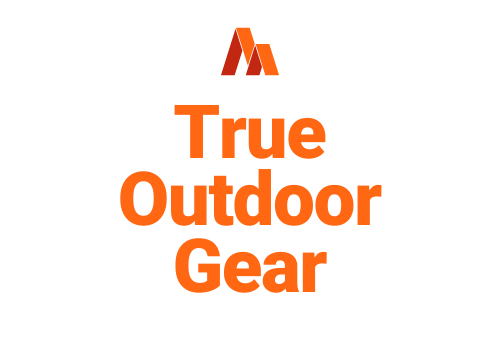Winter camping can be an exciting and rewarding experience for those who love the great outdoors. However, camping in sub-zero temperatures can be a daunting challenge, especially for novice campers.
According to a recent survey, only 11% of campers in the US go camping in the winter. This is mostly due to the fear of freezing temperatures, lack of proper gear, and the perceived difficulty of staying warm and safe.
Fortunately, ‘Surviving Sub-Zero: Your Ultimate Winter Camping Guide’ is here to provide valuable insights and practical advice to make winter camping more accessible and enjoyable for everyone. This guide is aimed at both experienced and novice campers and provides valuable tips on staying warm and safe, advice on insulating your tent, and recommendations for heaters and other essential gear.
Whether you prefer camping in a tent or a hammock, this guide has got you covered. So, get ready to embrace the cold and enjoy the rewards of winter camping!
Staying Warm and Safe
In order to brave the frigid temperatures of winter camping, it is essential to prioritize staying warm and safe. This can be achieved through a variety of techniques, such as properly insulating your tent or building a roaring campfire to warm your bones and avoid catching cold.
When it comes to insulating your tent, it’s important to use high-quality gear and to layer properly to keep cold air out. In addition, investing in a high-quality tent with good insulation can make all the difference in keeping you warm and comfortable throughout the night.
When building a campfire, it’s important to find a suitable location that is not too close to your tent or any trees that could catch fire. Use dry wood and kindling to get the fire started, and make sure to keep it well-stoked throughout the night.
Another option for staying warm is to use heaters designed for tent camping, which can provide a cozy and comfortable environment even in sub-zero temperatures.
By prioritizing warmth and safety, you can fully enjoy the rewards of winter camping without succumbing to the harsh elements.
Camping in Hammocks and Tents
Winter camping can be done either in a hammock or a tent, and both options have their advantages and disadvantages.
Hammocks are a popular choice for winter camping due to their lightweight and compact design, which makes them easier to carry and set up compared to tents. They also provide a unique camping experience, as they allow you to sleep off the ground and enjoy the surrounding scenery. However, hammocks are not as warm as tents and require additional insulation to keep you warm in sub-zero temperatures. You will need to invest in an underquilt and top quilt or use a sleeping bag specifically designed for hammock camping to stay warm.
Tents, on the other hand, offer better protection from the elements and provide more space for gear and equipment. They also come in a variety of styles and designs, allowing you to choose one that best suits your needs and preferences. However, tents are heavier and bulkier than hammocks, making them more challenging to transport and set up. Additionally, they require proper insulation, ventilation, and heating to keep you comfortable and safe in sub-zero temperatures.
Ultimately, the choice between a hammock and a tent for winter camping depends on your priorities, preferences, and experience.
Gear and Equipment Recommendations
One important aspect to consider when planning a camping trip in sub-zero temperatures is the selection of appropriate gear and equipment. It is essential to choose high-quality gear that can withstand harsh winter conditions and keep you warm and safe.
A good quality winter tent with a sturdy frame, waterproof and windproof material, and proper insulation is a must-have for winter camping. Look for a tent that has a vestibule to store your gear and provides enough space to move around comfortably. A four-season tent is ideal for winter camping as it is designed to withstand harsh weather conditions.
Invest in a good sleeping bag that can keep you warm in sub-zero temperatures. Look for a bag with a temperature rating that is at least 10-15 degrees lower than the anticipated temperature. A good sleeping pad is also essential for insulation and comfort.
Other essential gear for winter camping includes a stove, fuel, and cookware. A stove is necessary to prepare hot meals and drinks and keep you warm. A good quality stove that is easy to operate and reliable is essential. Look for a stove that is compatible with the type of fuel available in the area where you are camping.
A headlamp or flashlight is essential for navigating in the dark and performing tasks around the campsite. Don’t forget to pack warm clothing, including base layers, insulation layers, and a waterproof outer layer. Gloves, hats, and warm socks are also essential to keep your extremities warm.
By choosing the right gear and equipment, you can ensure a safe and comfortable camping experience in sub-zero temperatures.
